Home>Furniture & Design>Interior Design Trends>What Is Milk Glass
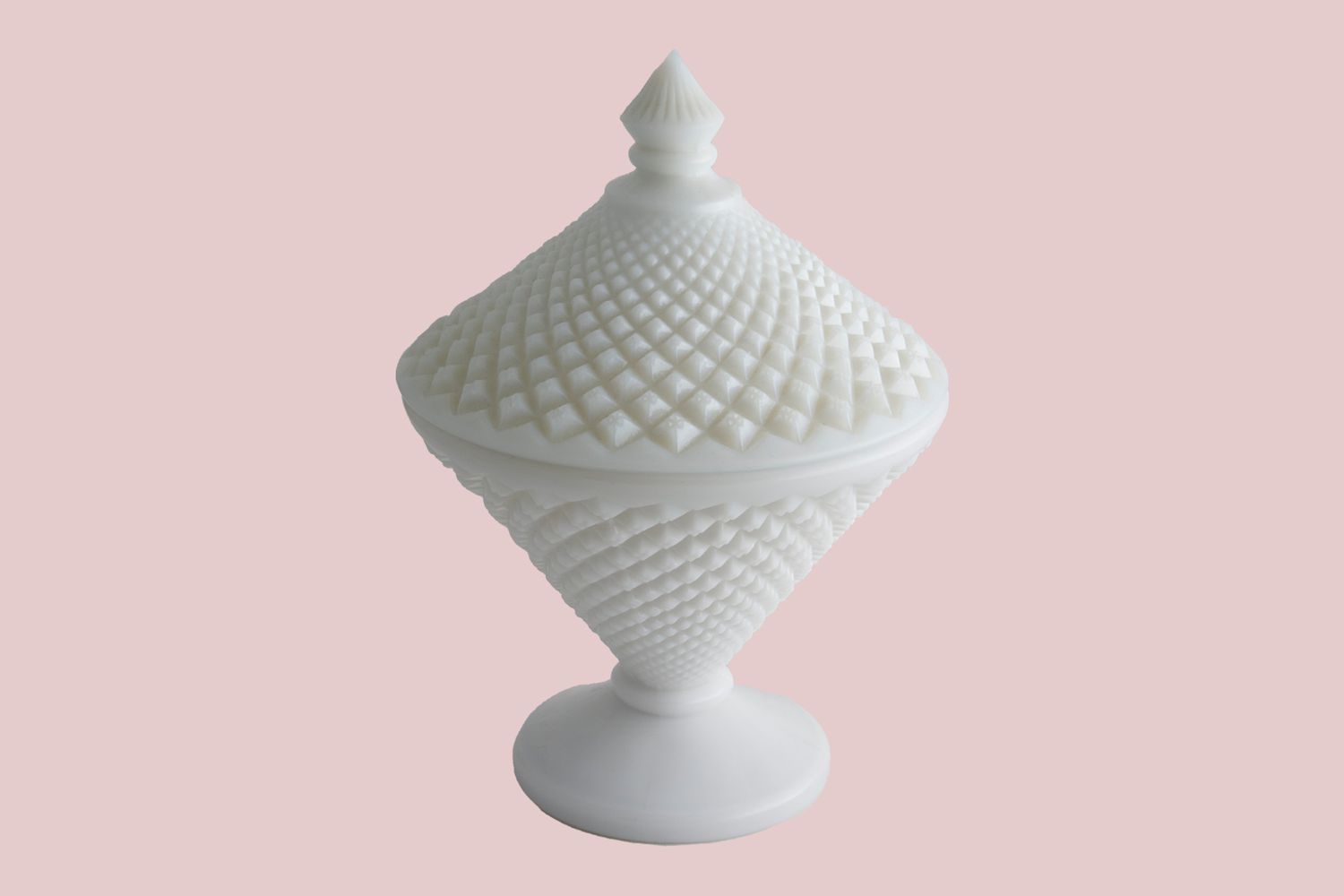

Interior Design Trends
What Is Milk Glass
Modified: February 18, 2024
Discover the timeless elegance of milk glass and its impact on interior design trends. Learn how to incorporate this classic material into your home decor.
(Many of the links in this article redirect to a specific reviewed product. Your purchase of these products through affiliate links helps to generate commission for Storables.com, at no extra cost. Learn more)
Introduction
Milk glass, with its timeless elegance and delicate allure, has long been cherished for its beauty and versatility. This exquisite type of opaque glass has captivated collectors, interior designers, and enthusiasts alike for centuries. Its soft, milky-white appearance exudes a sense of purity and sophistication, making it a beloved choice for various decorative and functional purposes.
The allure of milk glass lies in its ability to effortlessly complement a wide range of interior design styles, from vintage and shabby chic to modern and minimalist. Its subtle yet striking presence adds a touch of refinement to any space, making it a popular choice for both everyday use and special occasions.
As we delve into the world of milk glass, we will explore its rich history, distinctive characteristics, diverse applications, and the intricate process of its creation. Whether you are a seasoned collector seeking to expand your knowledge or an individual discovering the enchanting allure of milk glass for the first time, this exploration will provide valuable insights into the enduring appeal of this exquisite glassware.
Key Takeaways:
- Milk glass, a timeless and elegant type of opaque glass, has a rich history dating back to ancient civilizations. Its opalescent radiance and versatile uses make it a beloved choice for collectors and interior design enthusiasts.
- The process of creating milk glass involves blending silica sand, soda ash, and lime, along with bone ash or fluorides, and shaping the molten glass into various forms. Collecting milk glass offers a captivating journey of exploration, appreciation, and preservation, fostering a sense of community and camaraderie among enthusiasts.
Read more: When Was Milk Glass Popular
History of Milk Glass
Milk glass, also known as "opal glass," has a rich and fascinating history that dates back to ancient civilizations. Its origins can be traced to the Roman Empire, where skilled artisans first crafted this lustrous glassware. Initially, milk glass was a symbol of luxury and opulence, reserved for the elite and aristocratic classes. Its opalescent sheen and ethereal appearance made it a coveted treasure, often used to create ornate vessels, vases, and decorative objects.
During the 16th century, milk glass gained widespread popularity across Europe, particularly in the renowned glassmaking centers of Venice and Bohemia. The delicate yet resilient nature of milk glass made it a prized commodity, adorning the homes of nobility and adorning royal banquets and ceremonial occasions.
In the 19th century, milk glass experienced a resurgence in demand, spurred by the Industrial Revolution and advancements in glassmaking techniques. This period marked the mass production of milk glass, making it more accessible to the burgeoning middle class. Its opulent allure and affordability made it a staple in Victorian households, where it graced mantelpieces, dressing tables, and dining room settings.
The early 20th century witnessed a surge in milk glass production in the United States, with prominent manufacturers such as Fenton, Westmoreland, and McKee producing an array of exquisite designs. Milk glass became synonymous with elegance and refinement, adorning homes and becoming a cherished part of American glassware heritage.
Today, milk glass continues to captivate enthusiasts and collectors worldwide, with vintage pieces cherished for their timeless beauty and historical significance. Its enduring appeal transcends generations, making it a beloved choice for both decorative and functional purposes.
The history of milk glass is a testament to its enduring allure and timeless elegance, cementing its status as a cherished treasure in the world of glassware and interior design.
Characteristics of Milk Glass
Milk glass is renowned for its distinctive characteristics that set it apart from other types of glassware. Its opalescent, opaque appearance, reminiscent of the smooth texture of milk, lends it a unique and timeless allure. Here are the key characteristics that define milk glass:
-
Opalescent Radiance: One of the most striking features of milk glass is its opalescent radiance. When held up to light, it exhibits a soft, luminous glow, creating an ethereal and enchanting effect. This opalescent quality is achieved through the addition of bone ash or fluorides during the glassmaking process, resulting in a milky-white translucence that sets milk glass apart from clear or colored glass.
-
Smooth and Opaque Texture: Unlike transparent glass, milk glass boasts a smooth and opaque texture that exudes a sense of purity and elegance. Its creamy white appearance adds a touch of sophistication to any setting, making it a versatile choice for both decorative and functional purposes.
-
Variety of Forms and Patterns: Milk glass is available in a wide array of forms and patterns, ranging from delicate vases and intricate bowls to ornate candle holders and decorative figurines. Its versatility allows for diverse design expressions, catering to a myriad of aesthetic preferences and interior styles.
-
Timeless Elegance: With its timeless elegance and classic appeal, milk glass seamlessly complements a spectrum of interior design themes, from vintage and retro to contemporary and minimalist. Its understated beauty adds a touch of refinement to any space, making it a beloved choice for collectors and enthusiasts alike.
-
Collectible and Enduring: The collectible nature of milk glass further enhances its allure, with vintage pieces cherished for their historical significance and enduring beauty. Whether displayed as standalone pieces or incorporated into curated collections, milk glass holds a cherished place in the realm of glassware and decorative arts.
-
Durable and Resilient: Despite its delicate appearance, milk glass is known for its durability and resilience. Its sturdy composition makes it suitable for everyday use, whether as tableware, serving dishes, or decorative accents, adding a touch of sophistication to daily rituals and special occasions.
The distinctive characteristics of milk glass, from its opalescent radiance to its enduring appeal, contribute to its status as a beloved and timeless treasure in the world of glassware and interior design.
Uses of Milk Glass
Milk glass, with its timeless elegance and versatile appeal, serves a myriad of decorative and functional purposes, making it a cherished addition to any interior space. From adorning tabletops and mantelpieces to enhancing special occasions, milk glass offers a range of uses that showcase its enduring beauty and practicality.
Decorative Accents
Milk glass serves as exquisite decorative accents, adding a touch of refinement to any room. From delicate vases and ornate bowls to intricately designed candle holders and figurines, milk glass pieces effortlessly elevate the aesthetic appeal of mantels, shelves, and display cabinets. Their opalescent radiance and smooth texture create a captivating focal point, infusing spaces with a sense of elegance and sophistication.
Read more: How Many Calories Is A Glass Of Milk
Tableware and Serveware
The versatility of milk glass extends to tableware and serveware, where it shines as a timeless choice for everyday dining and special gatherings. Milk glass dinnerware, including plates, bowls, and serving platters, exudes a classic charm that enhances the dining experience. Whether used for casual meals or formal occasions, milk glass tableware adds a touch of vintage allure to the dining table, elevating the presentation of culinary delights.
Floral and Centerpiece Displays
Milk glass vases, with their graceful silhouettes and opulent sheen, are beloved for showcasing floral arrangements and centerpieces. Their creamy white backdrop provides a stunning contrast to vibrant blooms, creating visually captivating displays that brighten any room. Whether adorning dining tables, entryway consoles, or event spaces, milk glass vases lend a timeless elegance to floral presentations, making them a popular choice for weddings, parties, and everyday décor.
Lighting and Candle Holders
The opalescent quality of milk glass lends itself beautifully to lighting applications. Vintage milk glass lamps and pendant lights exude a soft, diffused glow, casting a warm and inviting ambiance in any setting. Additionally, milk glass candle holders, available in a variety of designs, create a captivating play of light when illuminated, adding a touch of romance and allure to intimate gatherings and serene moments.
Collectible Displays
For avid collectors and enthusiasts, milk glass holds a cherished place as a collectible art form. Displayed as standalone pieces or curated collections, vintage milk glass showcases the rich history and diverse designs that have captivated generations. Whether exhibited in glass cabinets, curio shelves, or dedicated display areas, milk glass collections celebrate the enduring beauty and artistry of this beloved glassware.
In essence, the uses of milk glass encompass a wide spectrum of decorative and functional applications, each highlighting its timeless elegance, versatility, and enduring appeal. Whether adorning living spaces, dining areas, or special events, milk glass continues to enchant and inspire with its captivating presence.
Read more: How Many Carbs Are In A Glass Of Milk
How Milk Glass is Made
The process of creating milk glass is a fascinating blend of artistry and precision, resulting in the distinctive opalescent beauty that defines this exquisite glassware. While modern techniques have evolved, the traditional methods of crafting milk glass provide valuable insights into its intricate production.
The key ingredients for milk glass include silica sand, soda ash, and lime, which form the base of the glass mixture. To achieve the characteristic opalescent quality, bone ash or fluorides are added to the mix, imparting the glass with its signature milky-white translucence. These ingredients are carefully measured and combined to form a homogeneous blend, setting the stage for the glassmaking process.
The glass mixture is then heated in a furnace to high temperatures, causing it to melt into a molten state. Skilled glassmakers use a variety of techniques, such as blowing, pressing, or molding, to shape the molten glass into the desired forms, whether it be vases, bowls, or decorative objects. The precision and expertise of the glass artisans play a crucial role in achieving the smooth and flawless texture that defines milk glass.
Once the glass has been shaped and formed, it undergoes a meticulous cooling process to ensure its structural integrity and opalescent radiance. This gradual cooling period allows the glass to solidify without compromising its characteristic translucence, resulting in the ethereal and luminous quality that sets milk glass apart.
The final step in the production of milk glass involves finishing touches such as polishing, etching, or embellishments, adding an extra layer of artistry and refinement to the glassware. These details enhance the visual appeal of milk glass, elevating it from a functional object to a captivating work of art.
The art of creating milk glass is a testament to the skill and craftsmanship of glassmakers, who bring to life the timeless elegance and opulent allure of this beloved glassware. From the meticulous blending of ingredients to the shaping and finishing processes, each step contributes to the creation of milk glass, a cherished treasure that continues to captivate and inspire enthusiasts and collectors worldwide.
Collecting Milk Glass
Collecting milk glass is a passion that resonates with enthusiasts and connoisseurs who appreciate the timeless beauty and historical significance of this exquisite glassware. Whether embarking on a journey to curate a diverse collection or seeking out rare and coveted pieces, the world of milk glass offers a captivating realm of discovery and appreciation.
Historical Significance and Heritage
The allure of collecting milk glass lies in its rich historical significance and enduring heritage. Vintage milk glass pieces, with their opalescent radiance and diverse designs, serve as tangible links to the past, offering glimpses into the artistry and craftsmanship of bygone eras. Each piece holds a story, reflecting the cultural and artistic influences of its time, making collecting milk glass a cherished pursuit of preserving and celebrating history.
Diverse Designs and Patterns
One of the joys of collecting milk glass is the vast array of designs and patterns that span different periods and styles. From the intricate hobnail patterns of the Victorian era to the sleek and minimalist forms of mid-century modern pieces, milk glass collections encompass a diverse tapestry of artistic expressions. Enthusiasts revel in the exploration of these varied designs, seeking out unique and rare specimens to enrich their collections.
Read more: How Much Calcium In A Glass Of Milk
Curating and Displaying Collections
Curating a milk glass collection is a deeply personal and rewarding endeavor, allowing collectors to express their individual tastes and preferences. Whether focusing on specific motifs, colors, or manufacturers, collectors take delight in the thrill of the hunt, scouring antique shops, estate sales, and online marketplaces in pursuit of prized additions to their collections. Once acquired, displaying these treasures becomes an art form in itself, with collectors showcasing their pieces in curated arrangements that highlight the beauty and diversity of milk glass.
Community and Camaraderie
Collecting milk glass fosters a sense of community and camaraderie among enthusiasts, who come together to share their knowledge, experiences, and discoveries. Online forums, social media groups, and collector gatherings provide platforms for individuals to connect, learn, and exchange insights about milk glass, creating a vibrant and supportive network of like-minded aficionados. This sense of community adds depth and enrichment to the collecting journey, fostering lasting friendships and a shared passion for milk glass.
Preservation and Legacy
Beyond the joy of collecting, enthusiasts play a vital role in preserving the legacy of milk glass for future generations. By safeguarding and appreciating these historical treasures, collectors contribute to the ongoing legacy of milk glass, ensuring that its beauty and significance endure for years to come. Through education, exhibition, and the passing down of collections, collectors become stewards of this beloved glassware, perpetuating its timeless allure and cultural importance.
In essence, collecting milk glass transcends mere acquisition; it embodies a profound appreciation for artistry, history, and the enduring beauty of this cherished glassware. Whether embarking on the pursuit of rare finds or connecting with fellow enthusiasts, the world of milk glass collecting offers a captivating and enriching journey that celebrates the art and legacy of this timeless treasure.
Conclusion
In conclusion, milk glass stands as a timeless testament to the artistry, elegance, and historical significance of glassware. From its ancient origins to its enduring appeal in modern times, milk glass continues to captivate enthusiasts, collectors, and interior design aficionados with its opalescent radiance and versatile charm. The rich history of milk glass, spanning centuries and continents, reflects its enduring allure and cultural significance, making it a cherished part of decorative arts and glassmaking heritage.
The distinctive characteristics of milk glass, including its smooth and opaque texture, opalescent radiance, and diverse forms and patterns, contribute to its status as a beloved and versatile choice for decorative and functional purposes. Whether adorning tabletops, enhancing floral displays, or illuminating spaces with its soft glow, milk glass exudes a timeless elegance that transcends trends and styles.
The process of creating milk glass, with its meticulous blending of ingredients, shaping techniques, and finishing touches, underscores the artistry and craftsmanship involved in its production. Each piece of milk glass bears the mark of skilled artisans who have brought to life the ethereal beauty and enduring allure of this beloved glassware.
Furthermore, the world of collecting milk glass offers a captivating journey of exploration, appreciation, and preservation. Enthusiasts and collectors alike find joy in uncovering rare pieces, curating diverse collections, and connecting with a community that shares their passion for milk glass. Through their dedication and stewardship, collectors play a vital role in preserving the legacy and cultural significance of milk glass for future generations.
In essence, milk glass transcends its utilitarian function, evolving into a cherished art form that continues to inspire and enchant. Its timeless elegance, historical resonance, and enduring allure ensure that milk glass will remain a beloved and cherished treasure in the realm of decorative arts and interior design for generations to come.
Frequently Asked Questions about What Is Milk Glass
Was this page helpful?
At Storables.com, we guarantee accurate and reliable information. Our content, validated by Expert Board Contributors, is crafted following stringent Editorial Policies. We're committed to providing you with well-researched, expert-backed insights for all your informational needs.
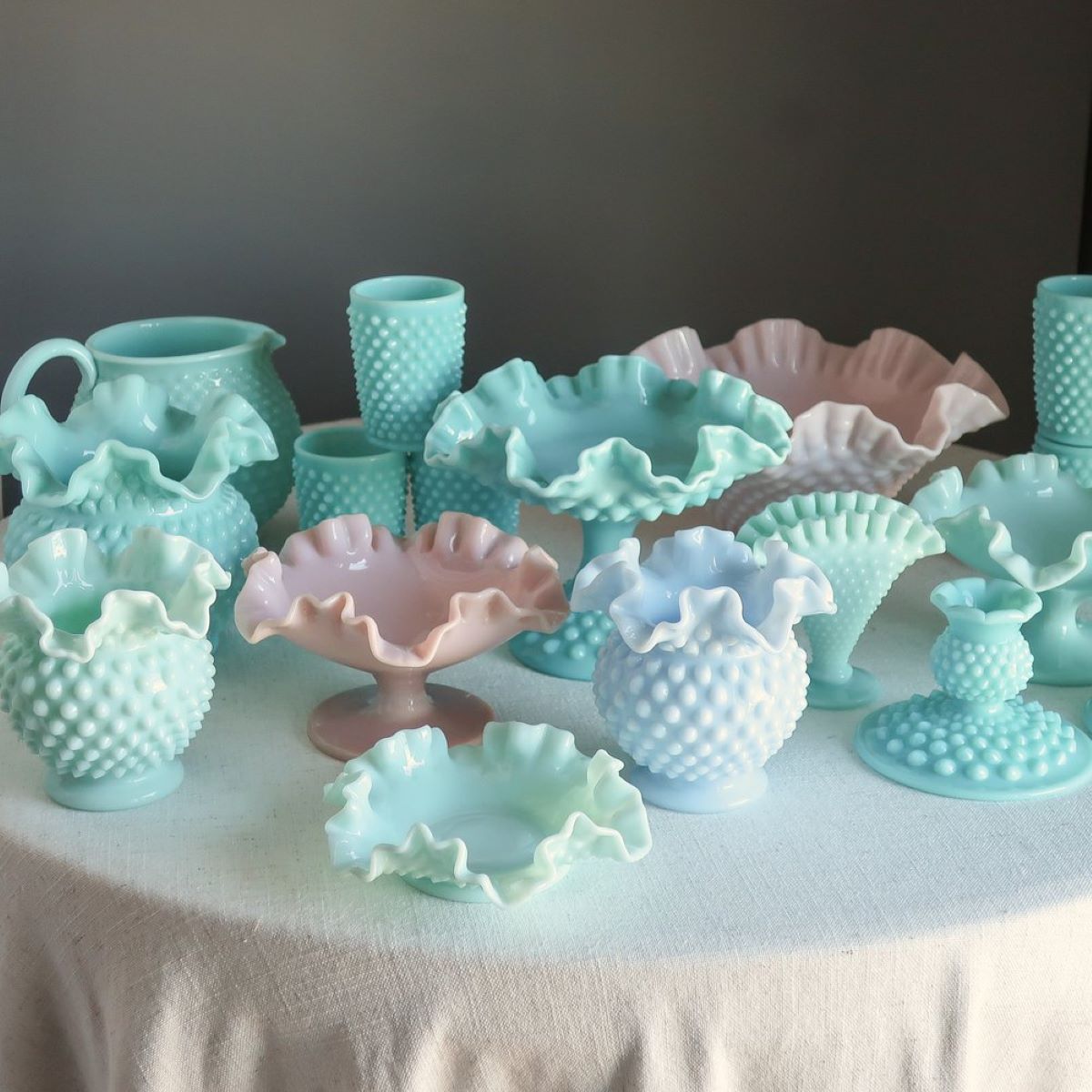
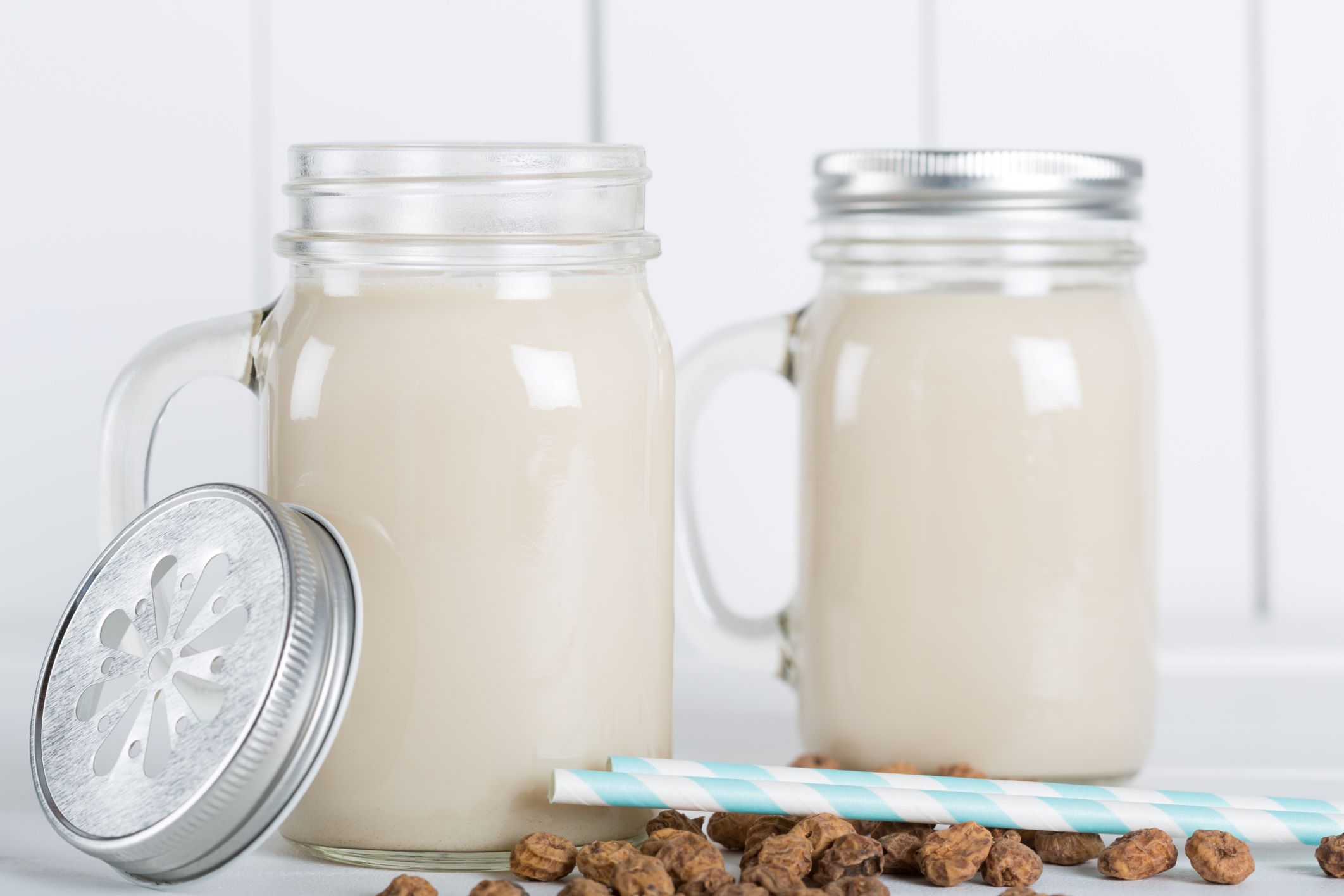
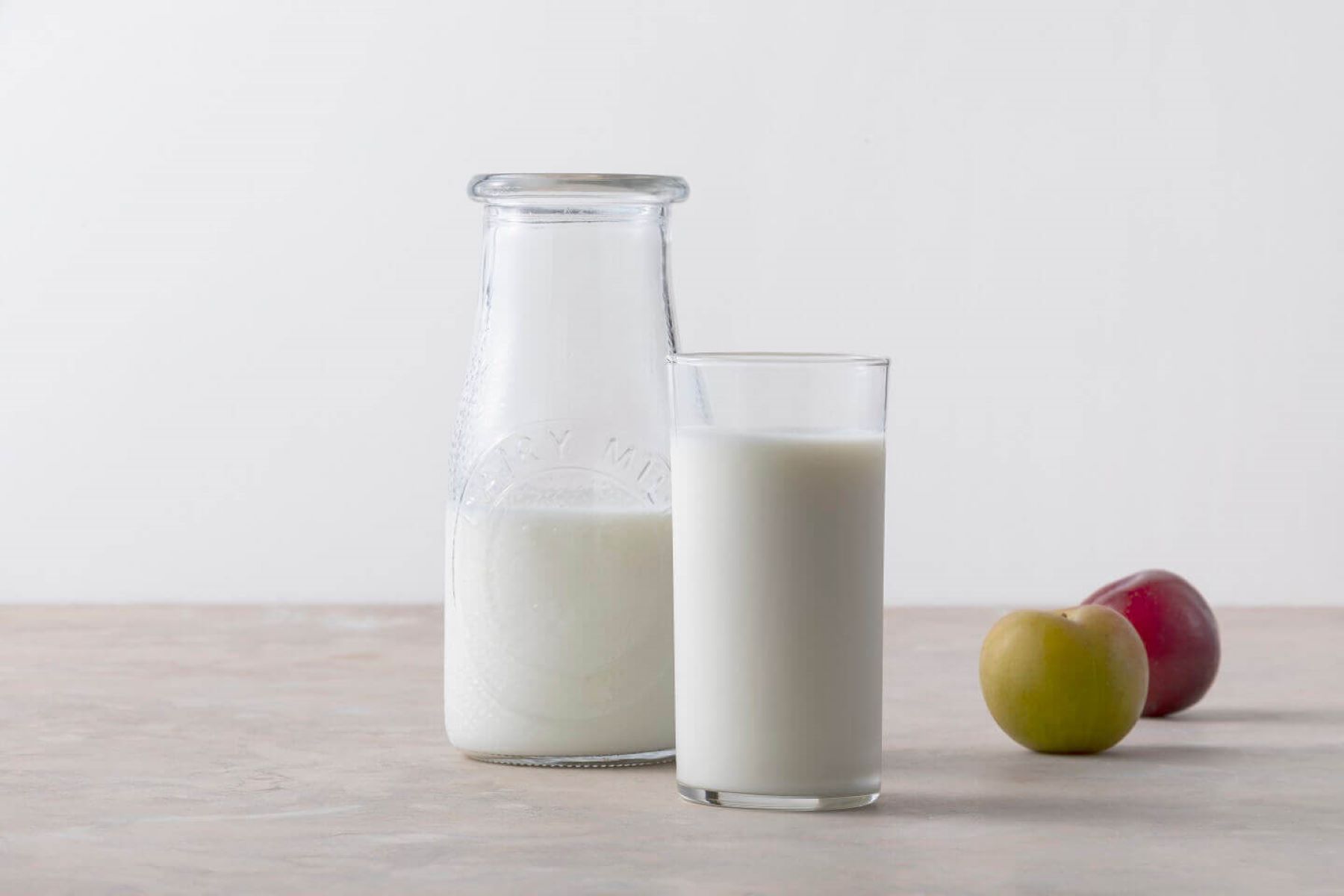
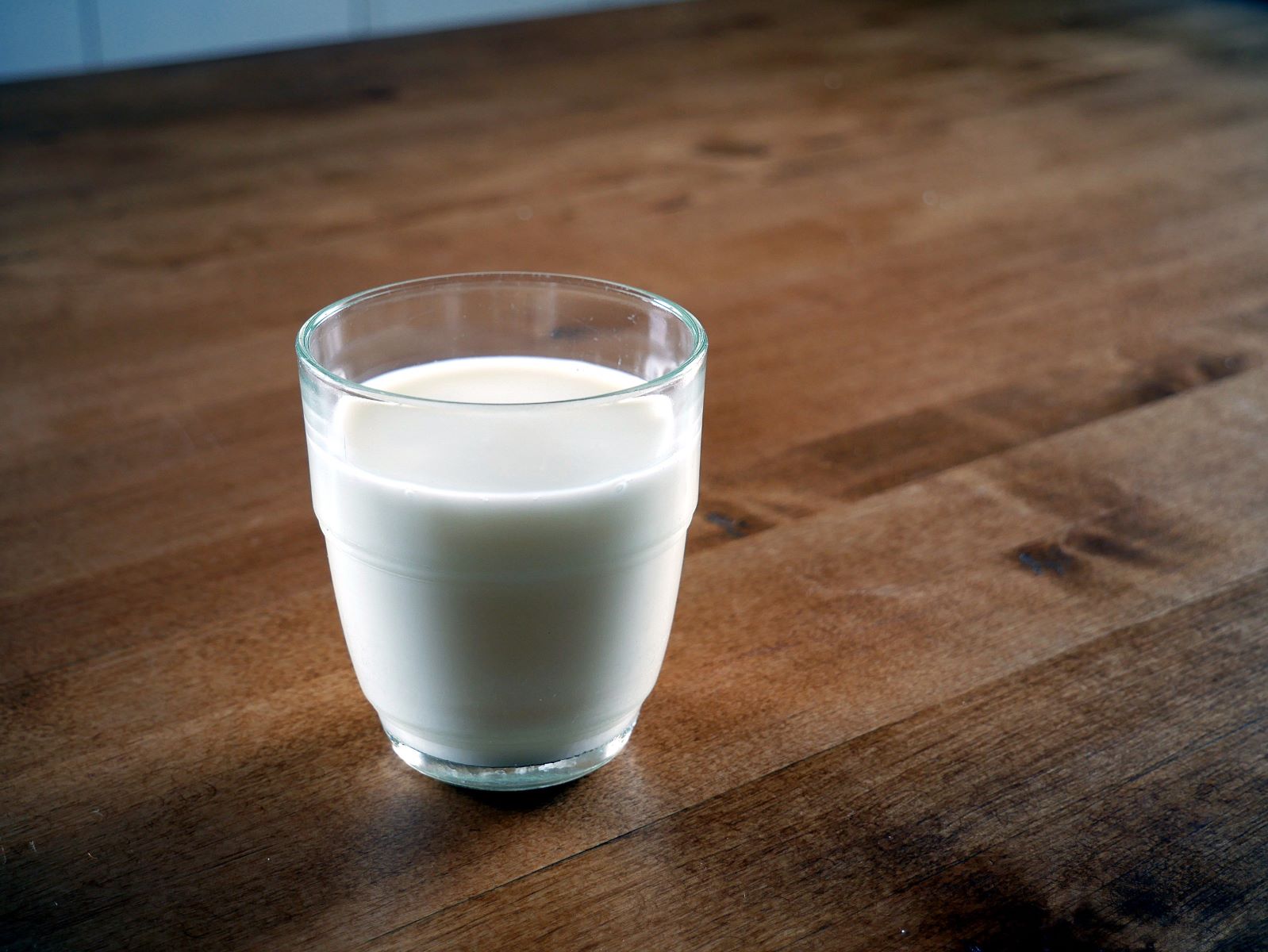
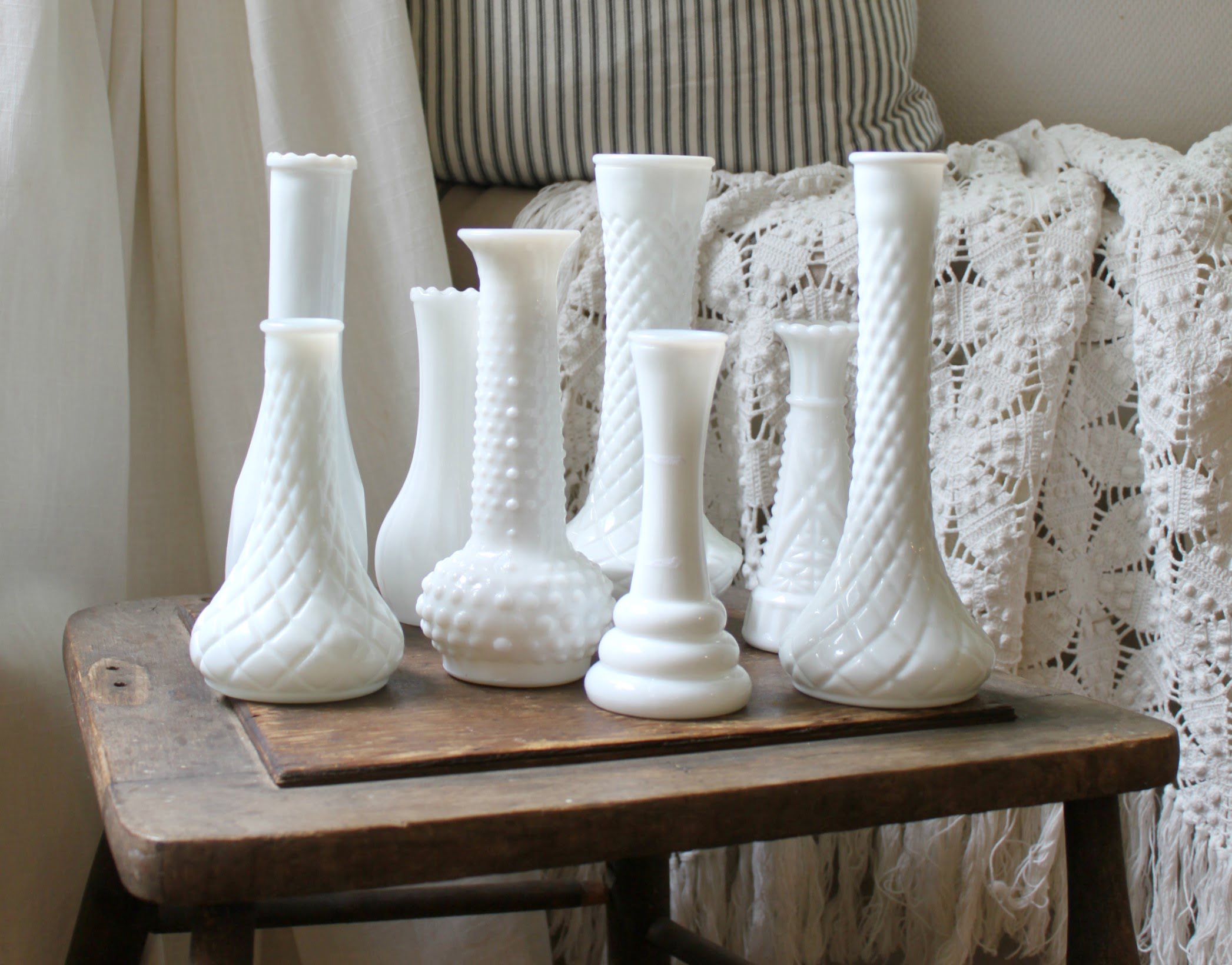
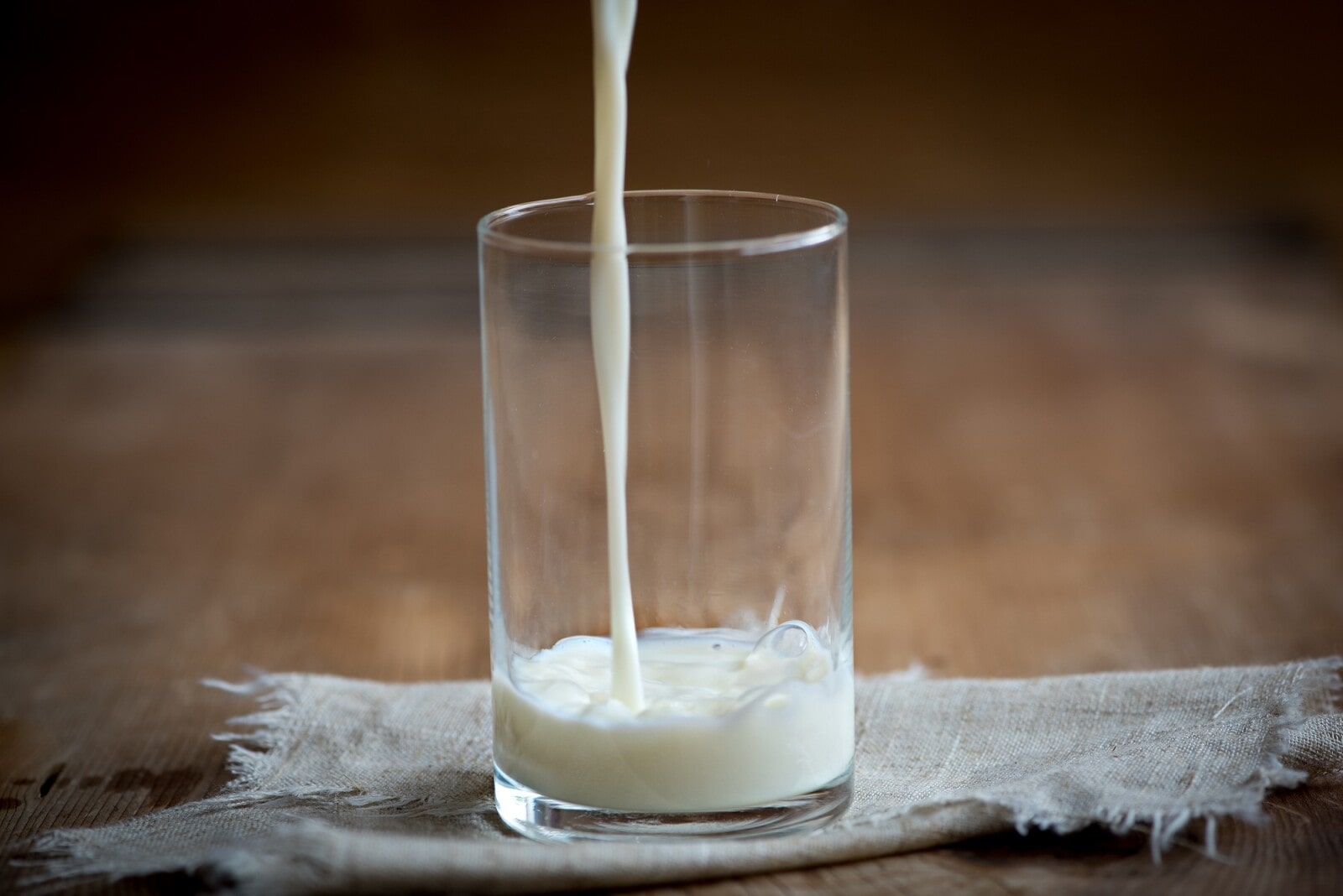
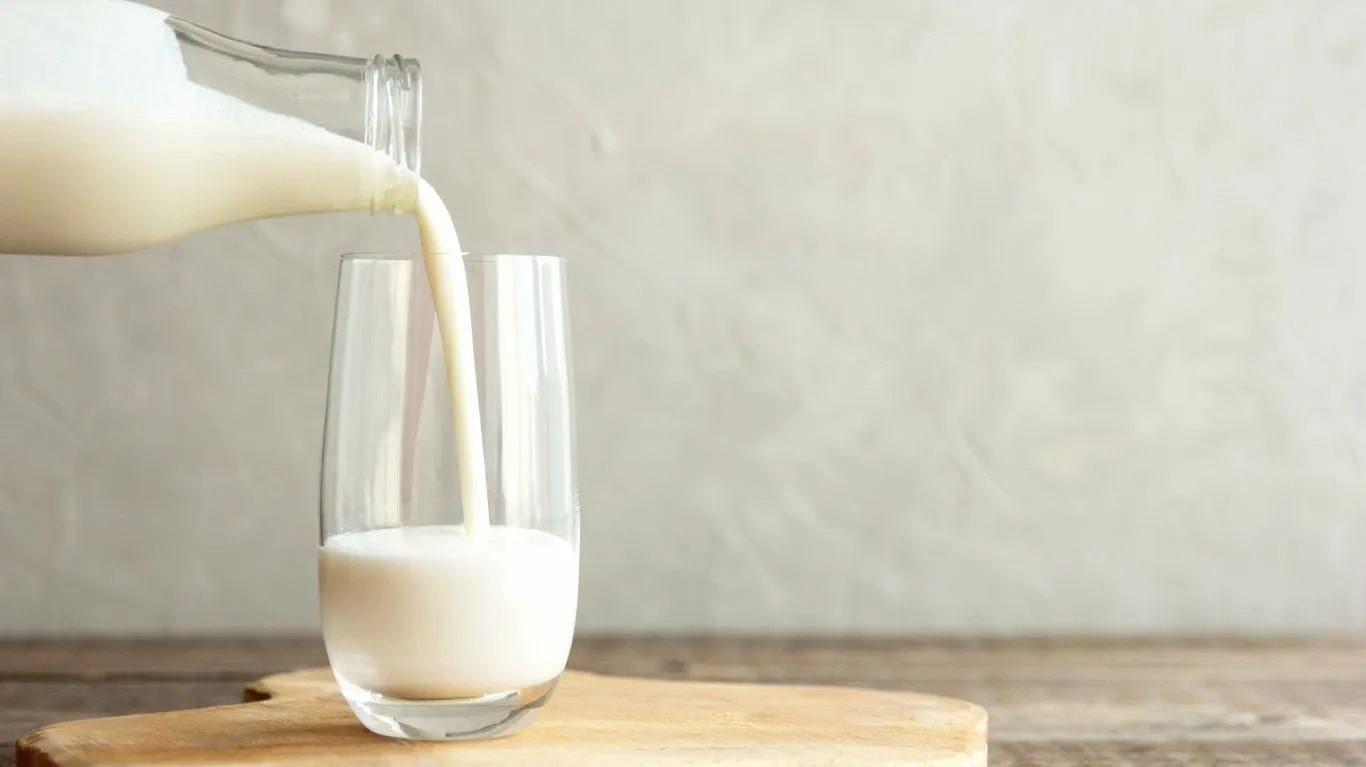
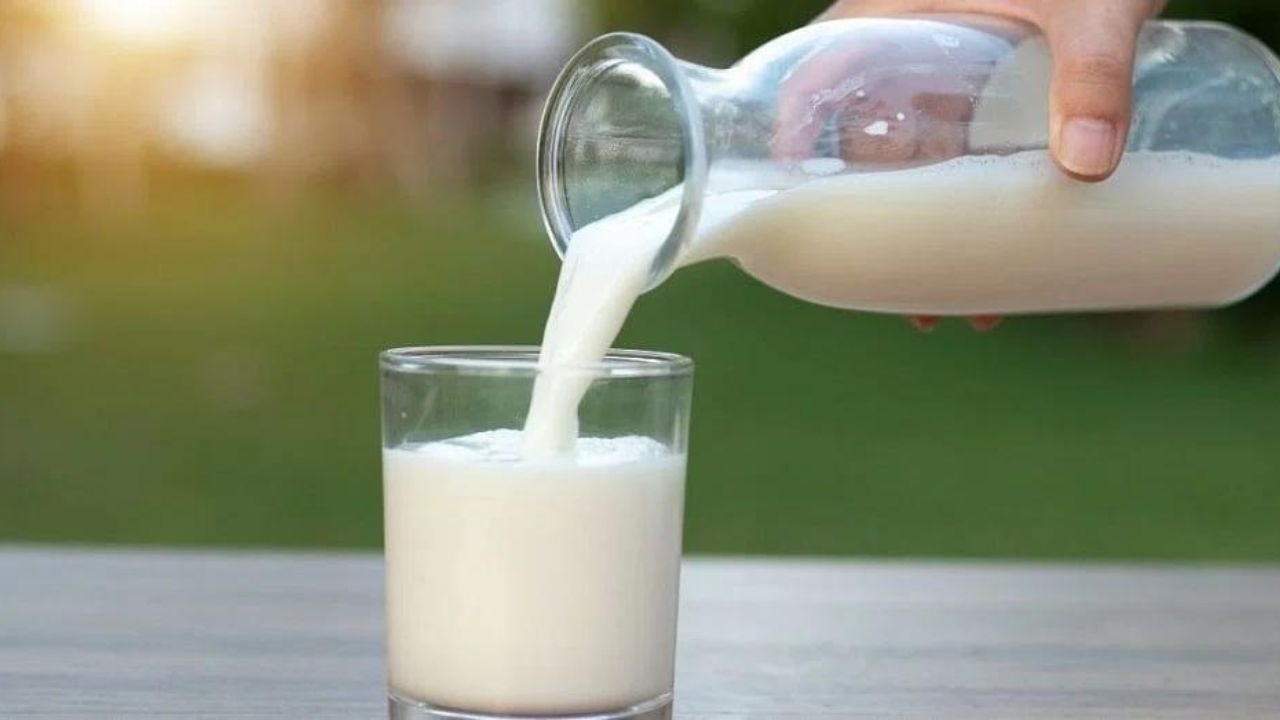
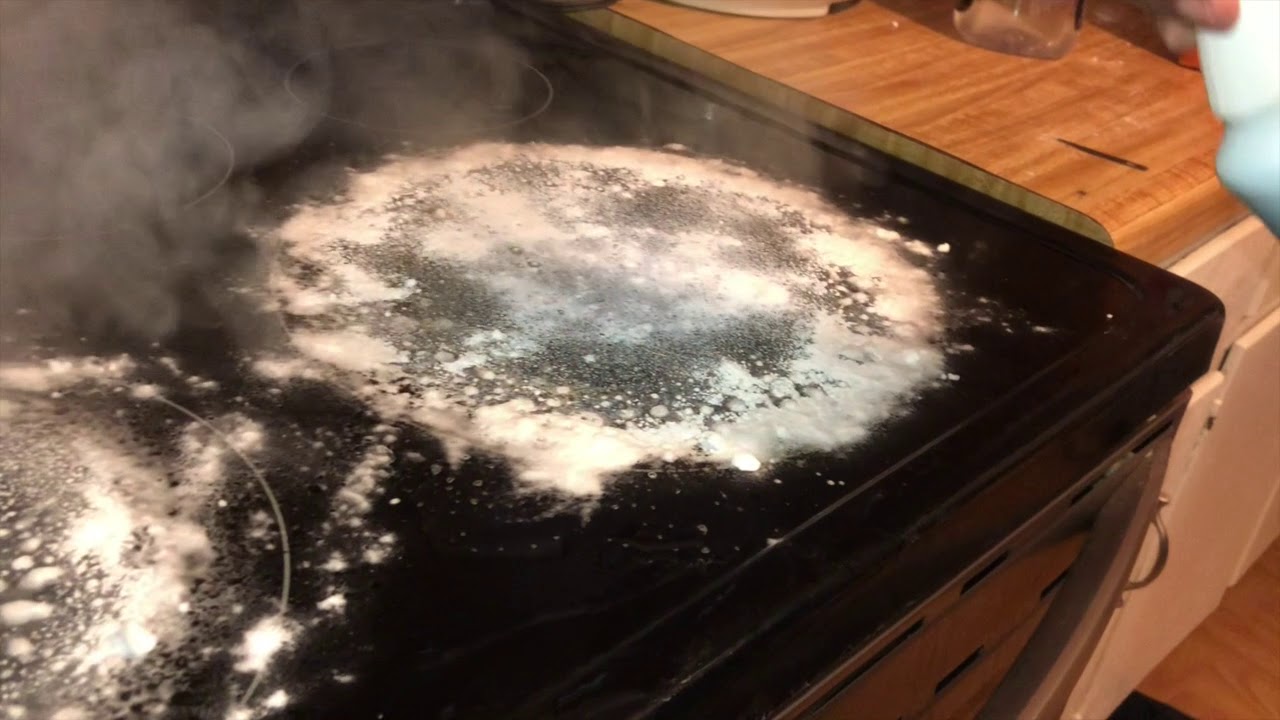
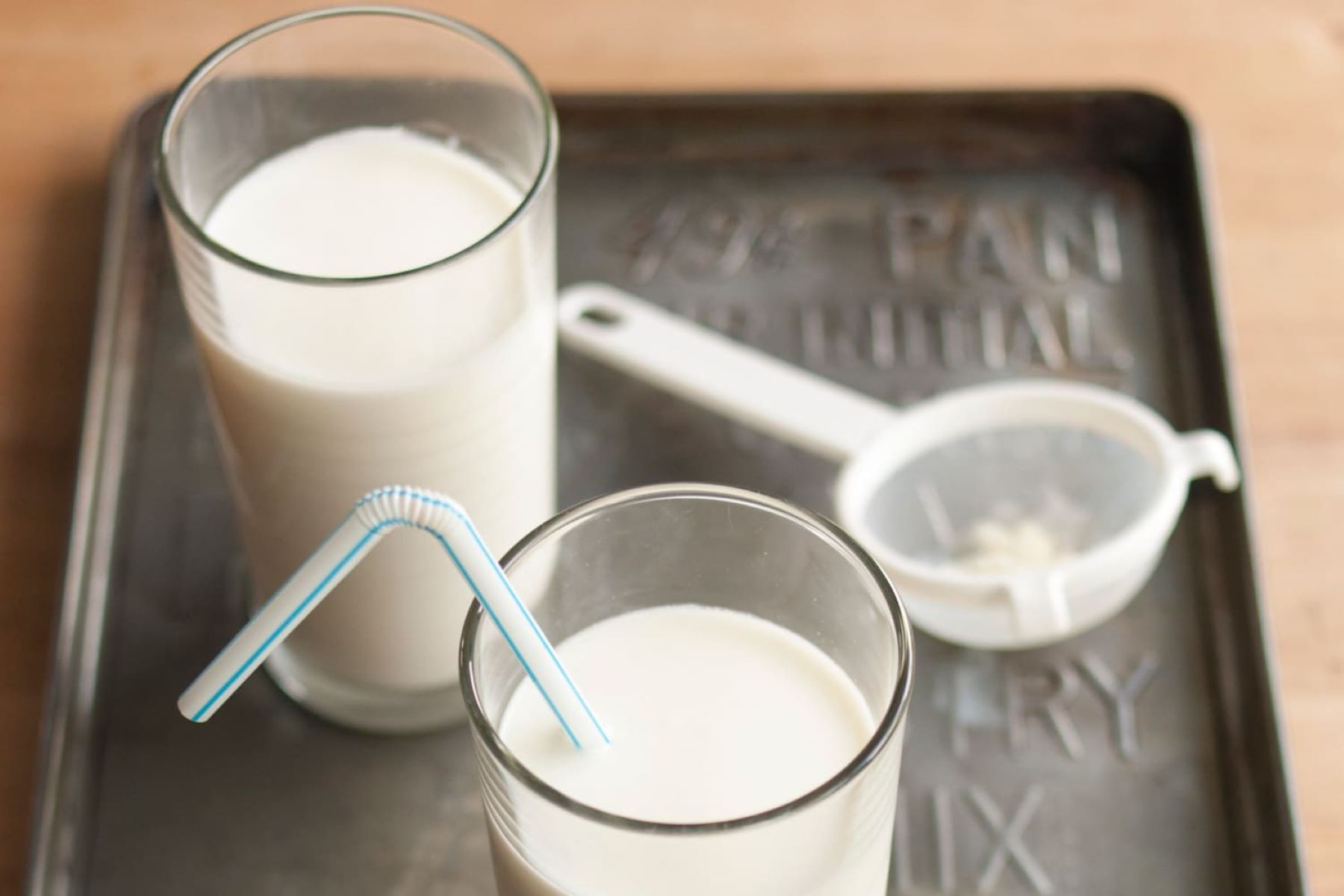
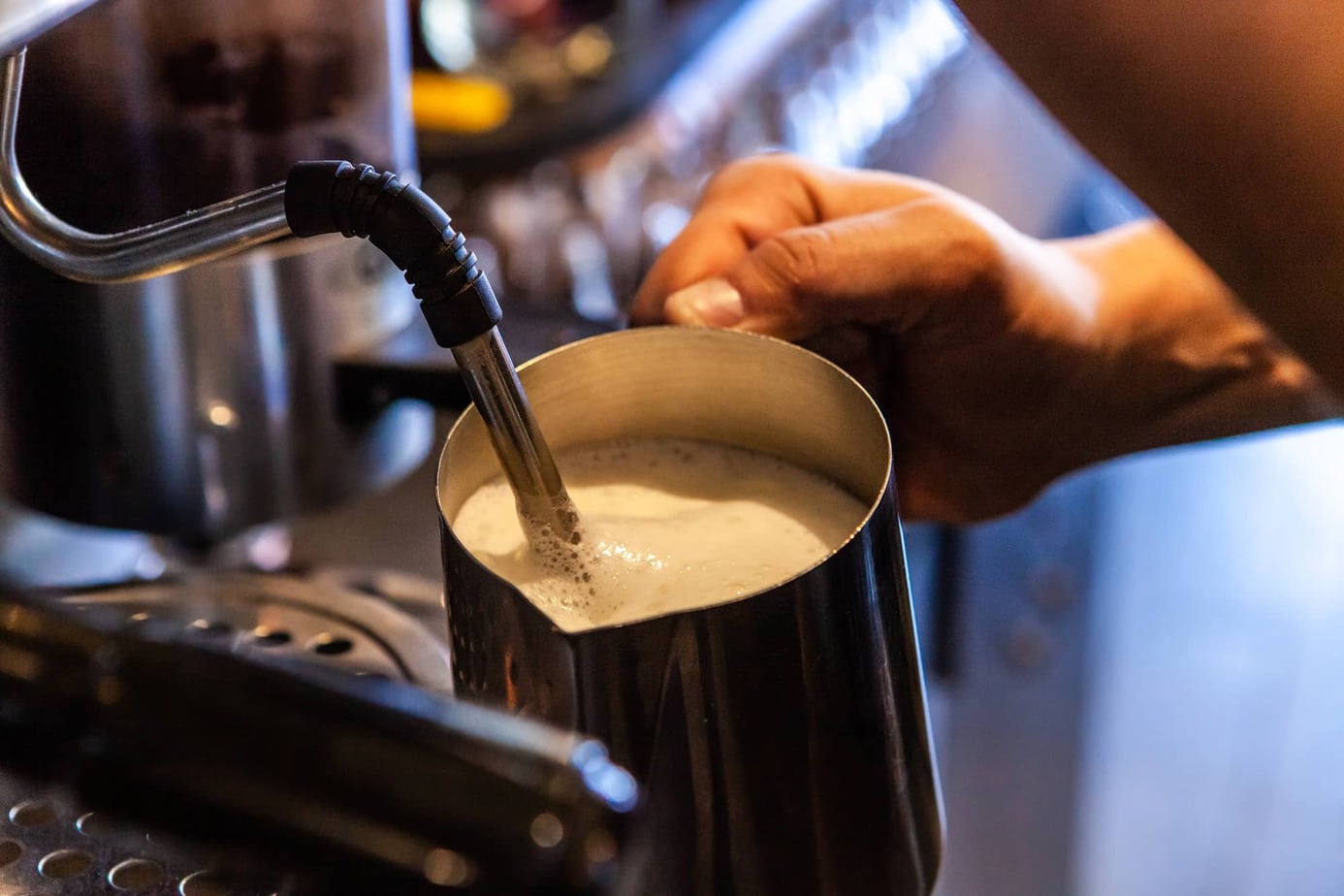
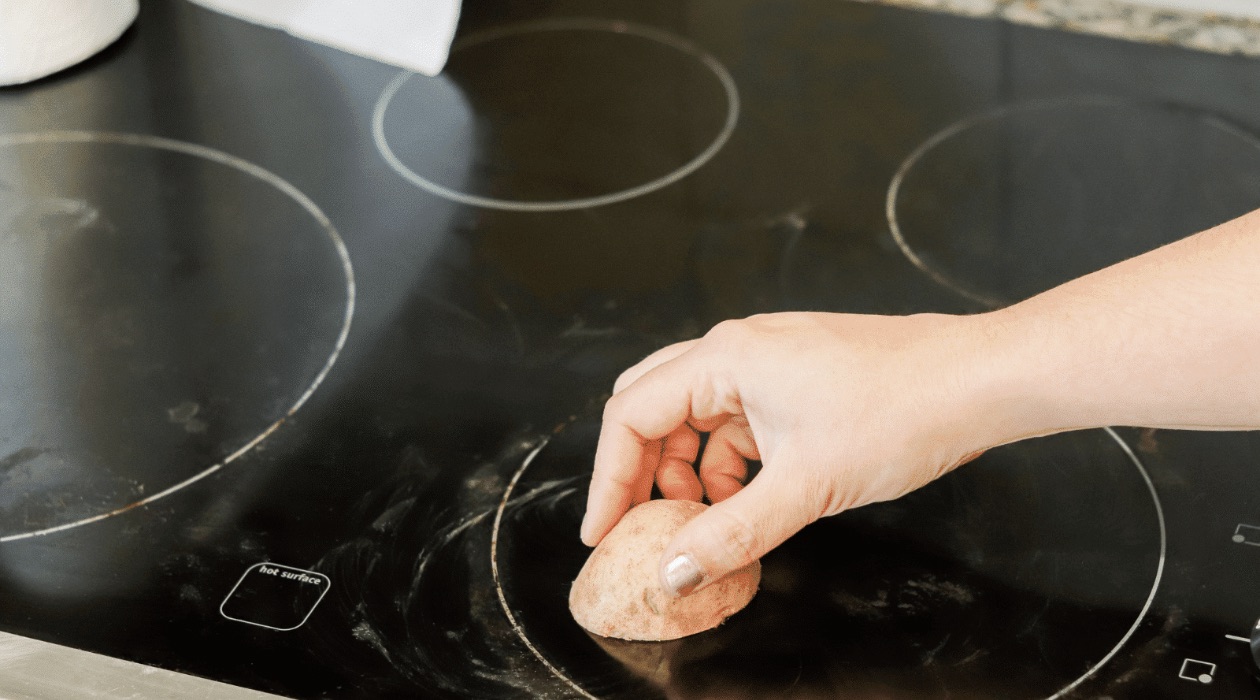

0 thoughts on “What Is Milk Glass”